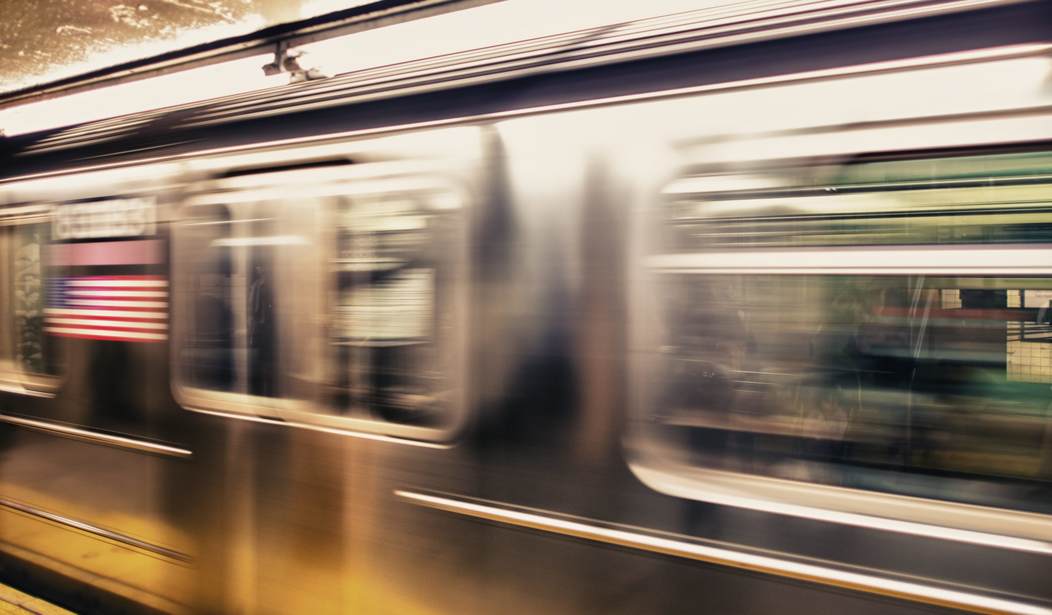Urban planners and social critics have long urged that we move to higher density, high rise urban centers, and away from dispersed, low rise, and especially single-family dwellings in the suburbs and exurbs. One of the main arguments in favor is that dense urban centers are more “sustainable,” which reflects urban planners’ dislike of automobiles and roads, regarded as only sources of pollution. Furthermore, they argue that “people who live in dense, walkable areas tend to be physically healthier, happier, and more productive. Local governments pay less in infrastructure costs to support urbanites than they to support suburbanites. Per-capita energy consumption is lower in dense areas, which is good for air pollution and climate change. Plus, dense, walkable areas tend to be buzzy and culturally vibrant.” But how should pandemics like coronavirus affect our thinking?
The reality is that many Americans prefer the suburbs to urban centers. According to Pew Research, “since 2000, suburban counties saw a 16% increase in population, compared with increases of 13% and 3%, respectively, in urban and rural counties. The overall share of U.S. residents who live in suburban counties has also risen during this period while holding steady in urban counties and declining in rural ones.” Urban planners know that their preference for dense, high-rise urban centers is not popular. But they are not deterred by how their fellow citizens actually want to live their lives, and they focus on “overcoming resistance” to advancing dense urban centers.
Is high population density an unalloyed good? Even if highly dense urban areas are preferred by some people, and may be beneficial in various ways, e.g. “cultural vibrancy,” what are the costs, the negative consequences? There may be many, for example, the difficulty and cost of having children in dense urban areas, and the consequent decline in population replacement. But an obvious downside during this time of coronavirus pandemic is the ease of contagion and transmission of the virus among people in close contact.
States with heavily rural, low-density populations—the Dakotas, Nebraska, Kansas, Oklahoma, New Mexico, Arizona, Utah, Montana, Nevada, Idaho—have only small numbers of coronavirus infections, States with large, dense urban areas—New York, New Jersey, Pennsylvania, Massachusetts, California, Washington—have been hardest hit by the pandemic. Above all, it is the urban areas—New York City, Philadelphia, Boston, Baltimore, Washington, Chicago, New Orleans, Los Angeles, Seattle—that have suffered the greatest number of cases and deaths.
Our main tool for stopping virus contagion is “social distancing,” the spatial separation of people so that the virus is not passed from one person to another. This is particularly difficult in dense urban areas. Living in a high rise means that getting into or out of one’s apartment means taking a small elevator with other residents. Outside of one’s dwelling, travel to another part of the city requires public transportation, busses or subway trains, once again crowded together with other travelers. Only that greatly denounced “evil,” rare in central cities, the automobile with one occupant, provides “social distancing.” Unfortunately, human density “cultural vibrancy” is closely correlated with “virus vibrancy.”
One of the reasons that young families like to live in the suburbs is that it is relatively safe for children. During the coronavirus, it has become obvious that single-family homes separated from one another also offer a greater degree of “social distance” and thus greater protection from virus contagion and infection than do the dense high rises, tenements, and row houses of dense urban areas. And as do private autos compared with public transportation.
Perhaps it is time for urban density and public transport advocates to stop claiming the moral high ground and to stop demeaning alternative choices. If they do, there may be one small benefit from the otherwise horrific and dangerous coronavirus pandemic.









Join the conversation as a VIP Member